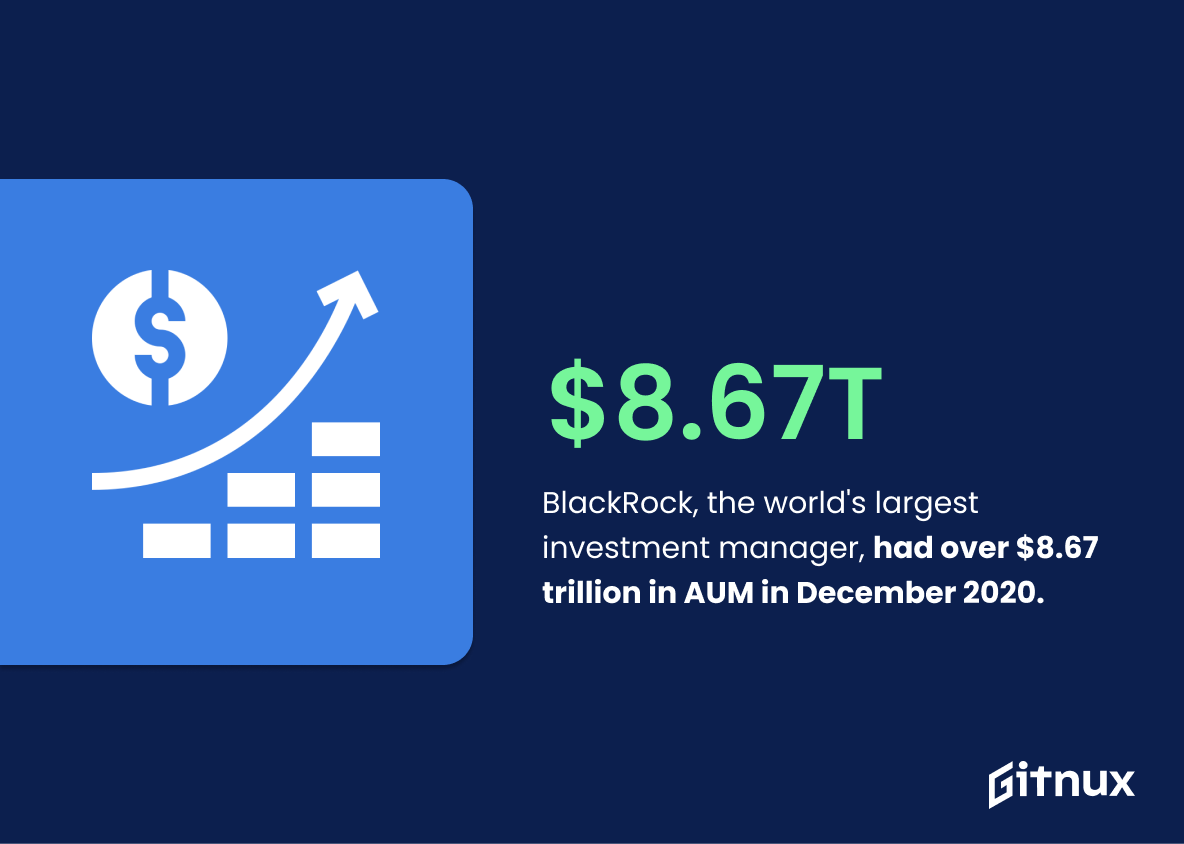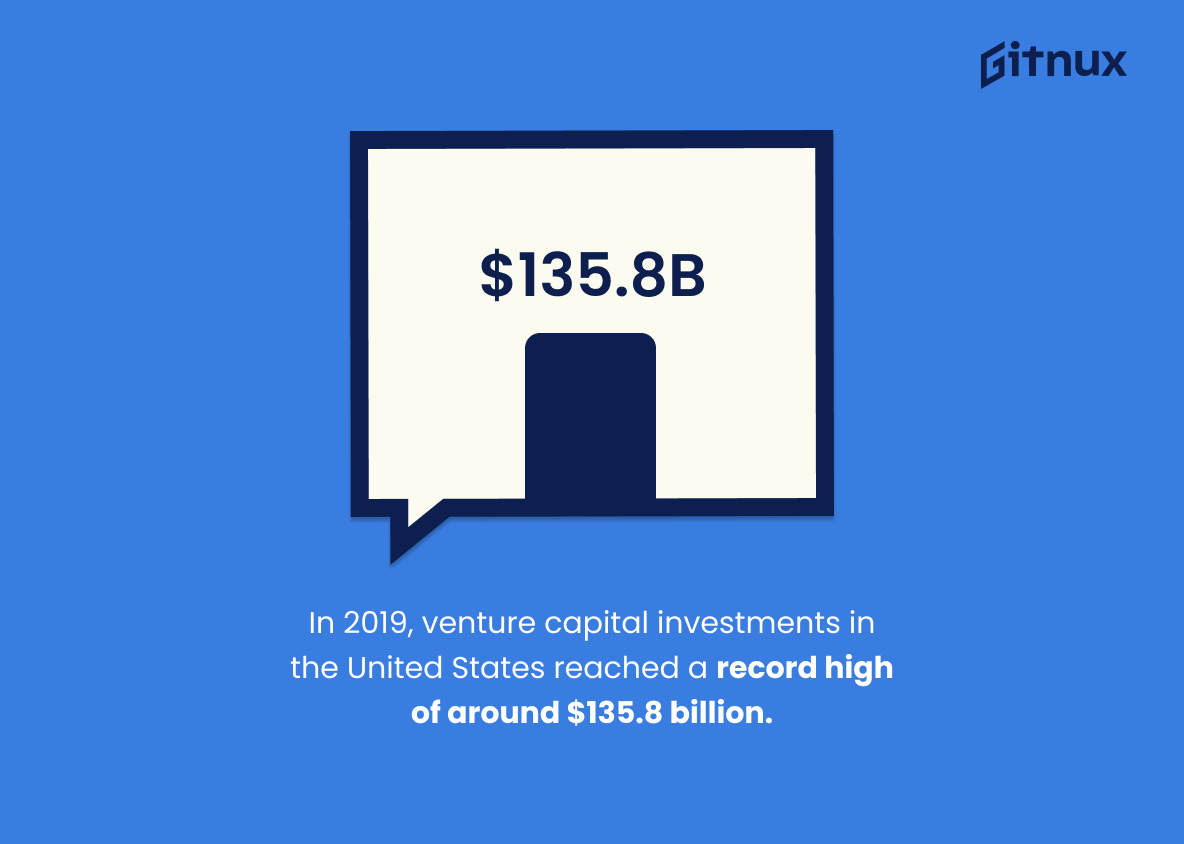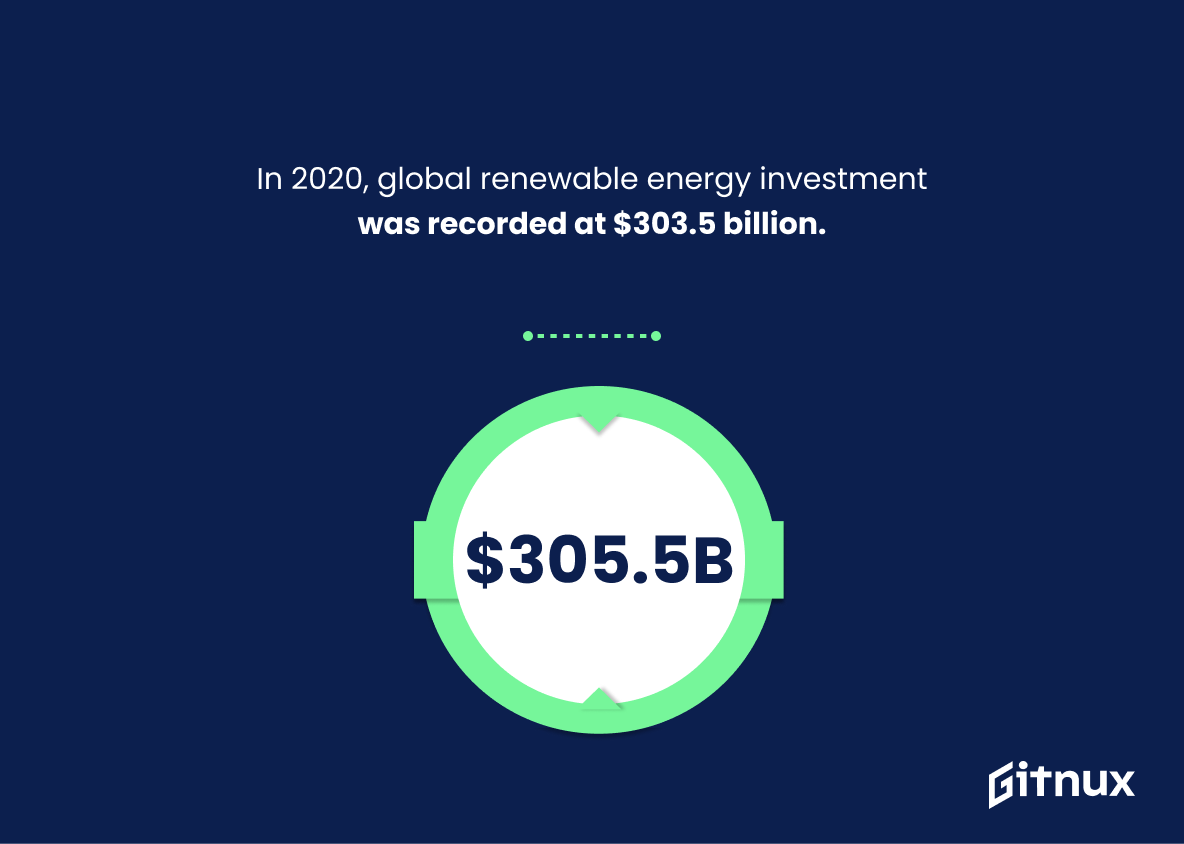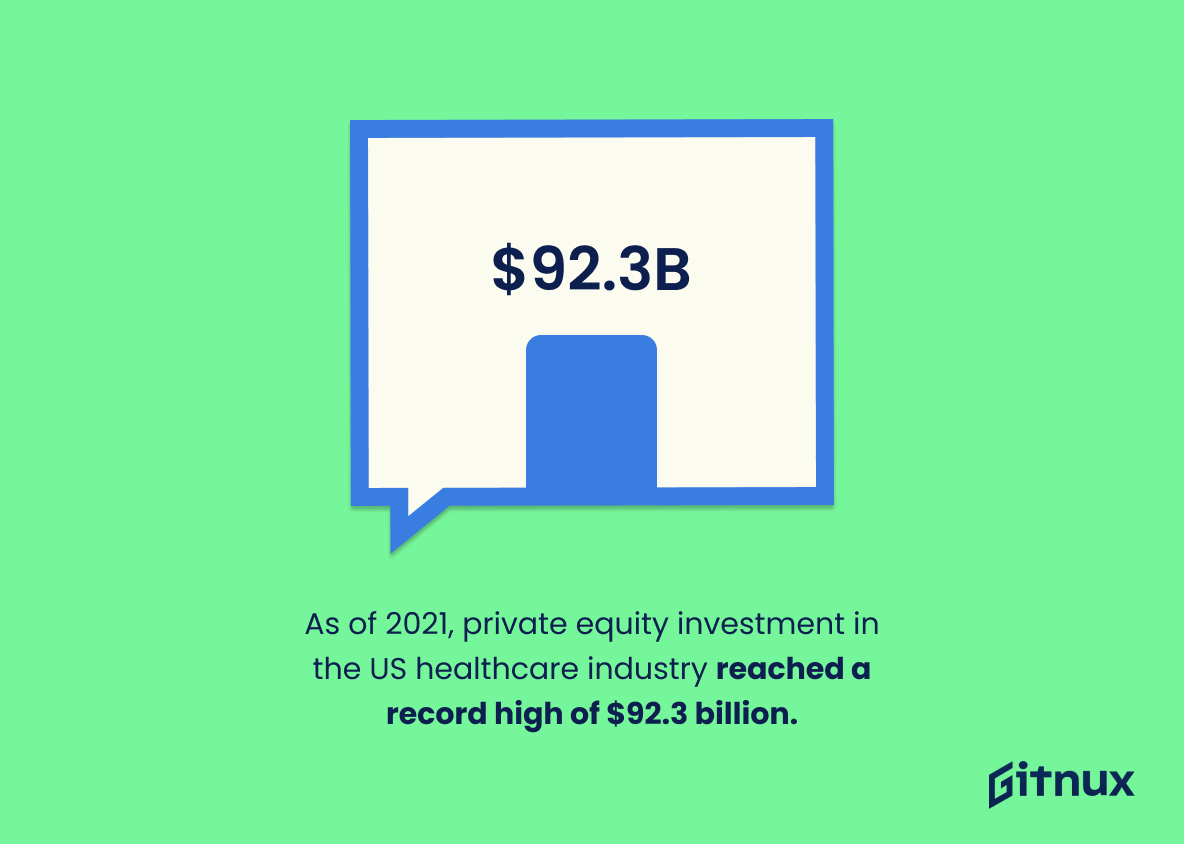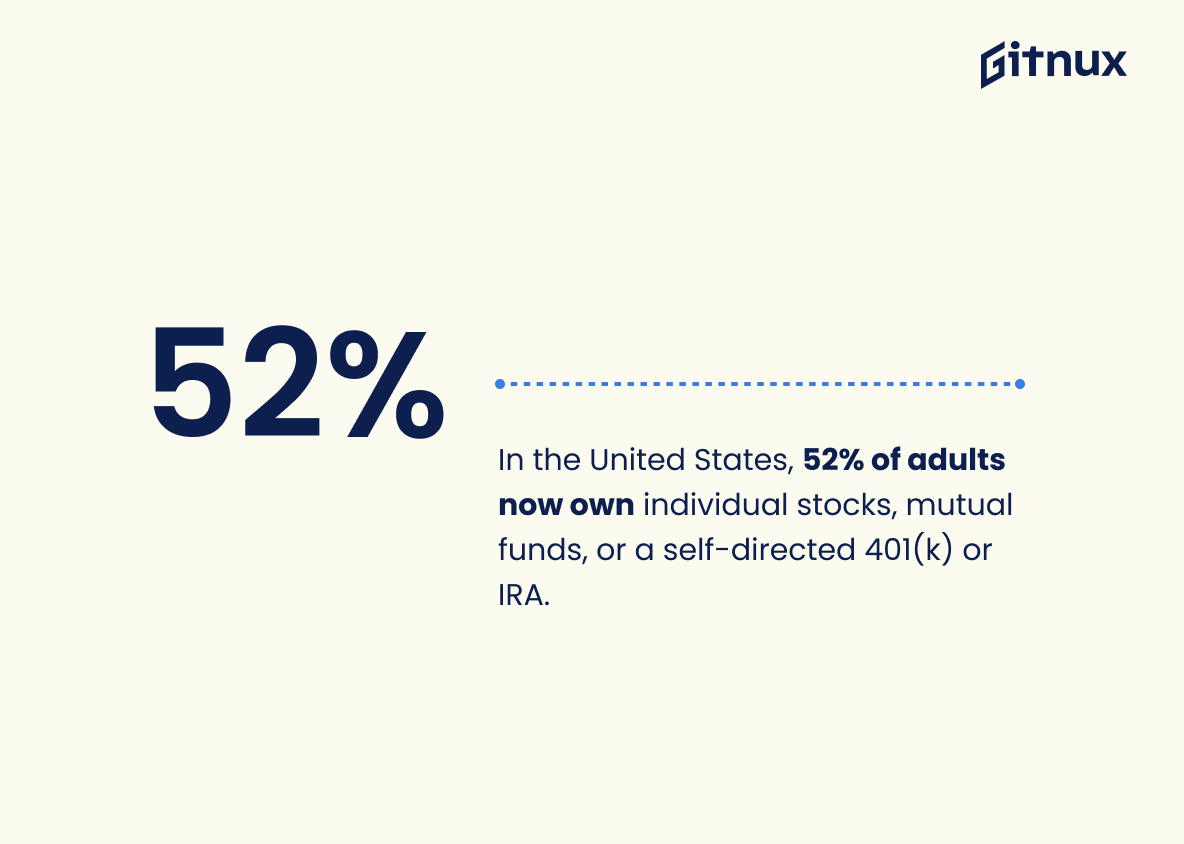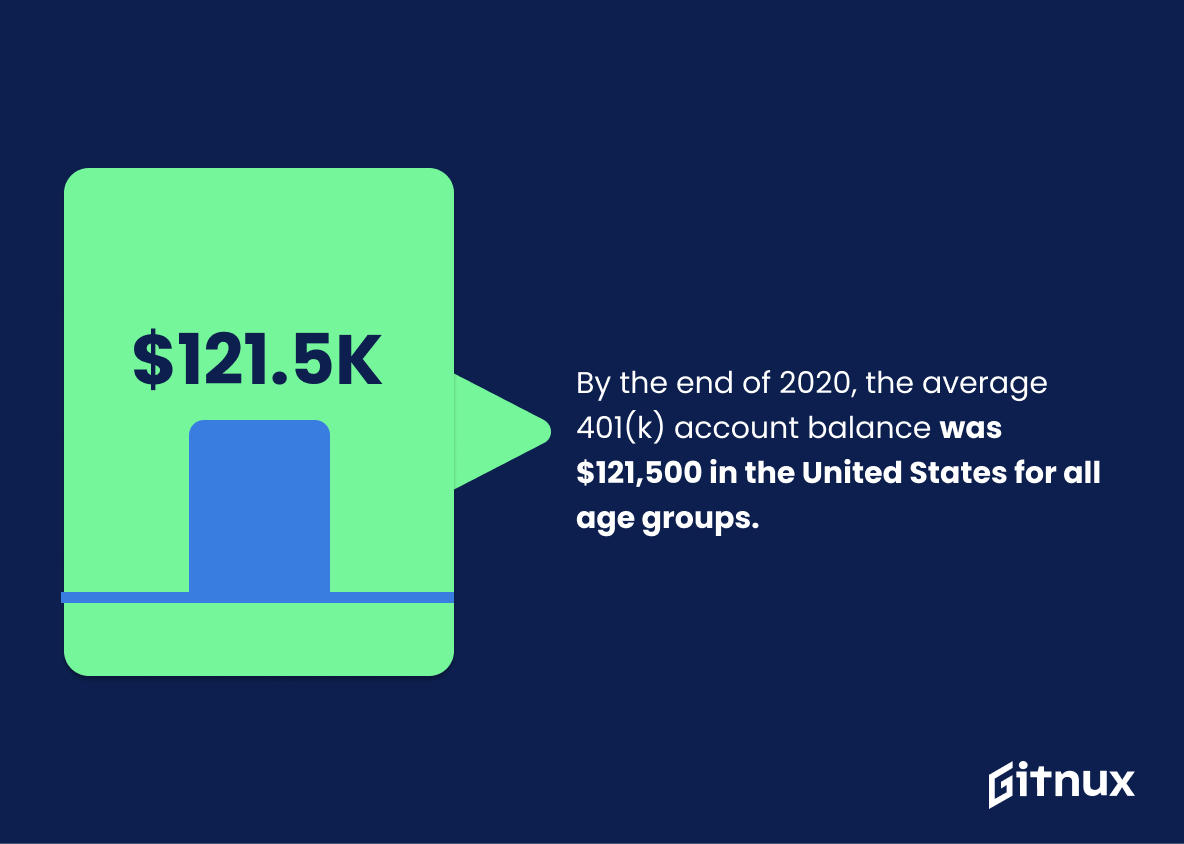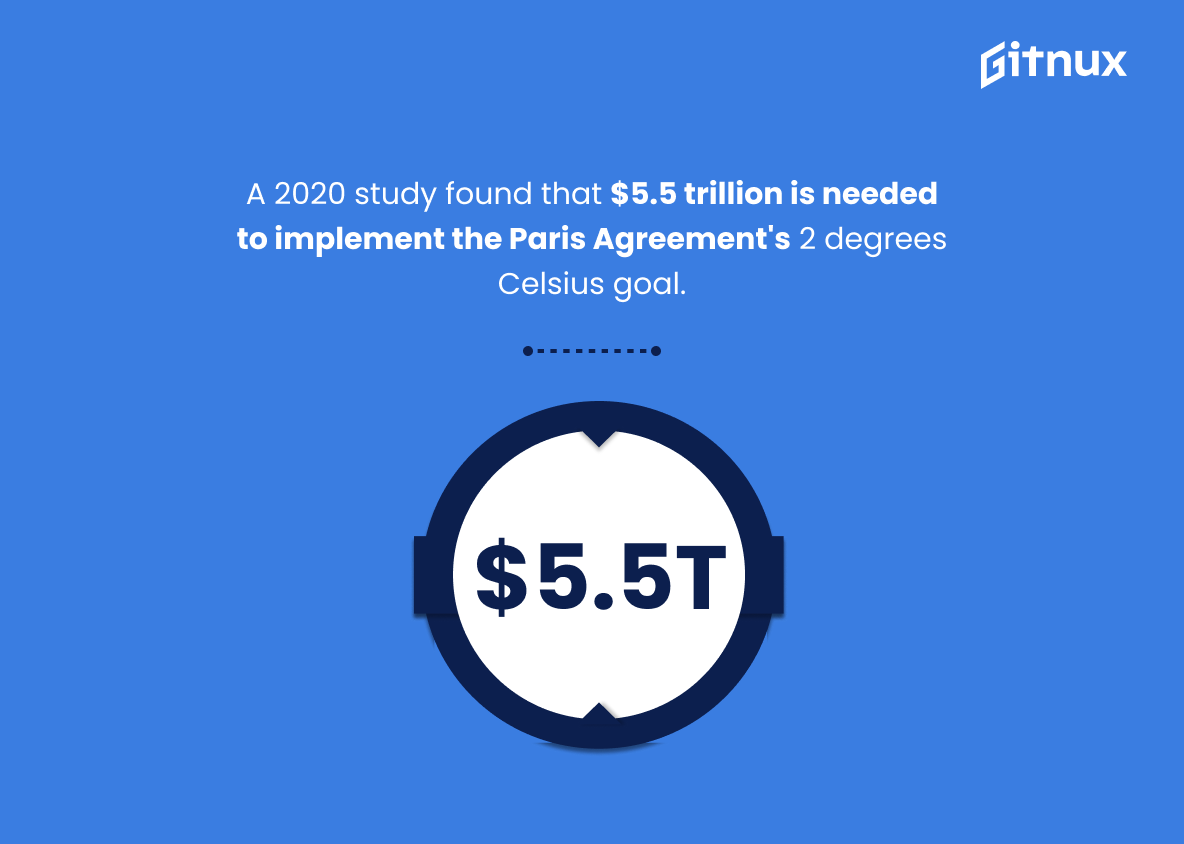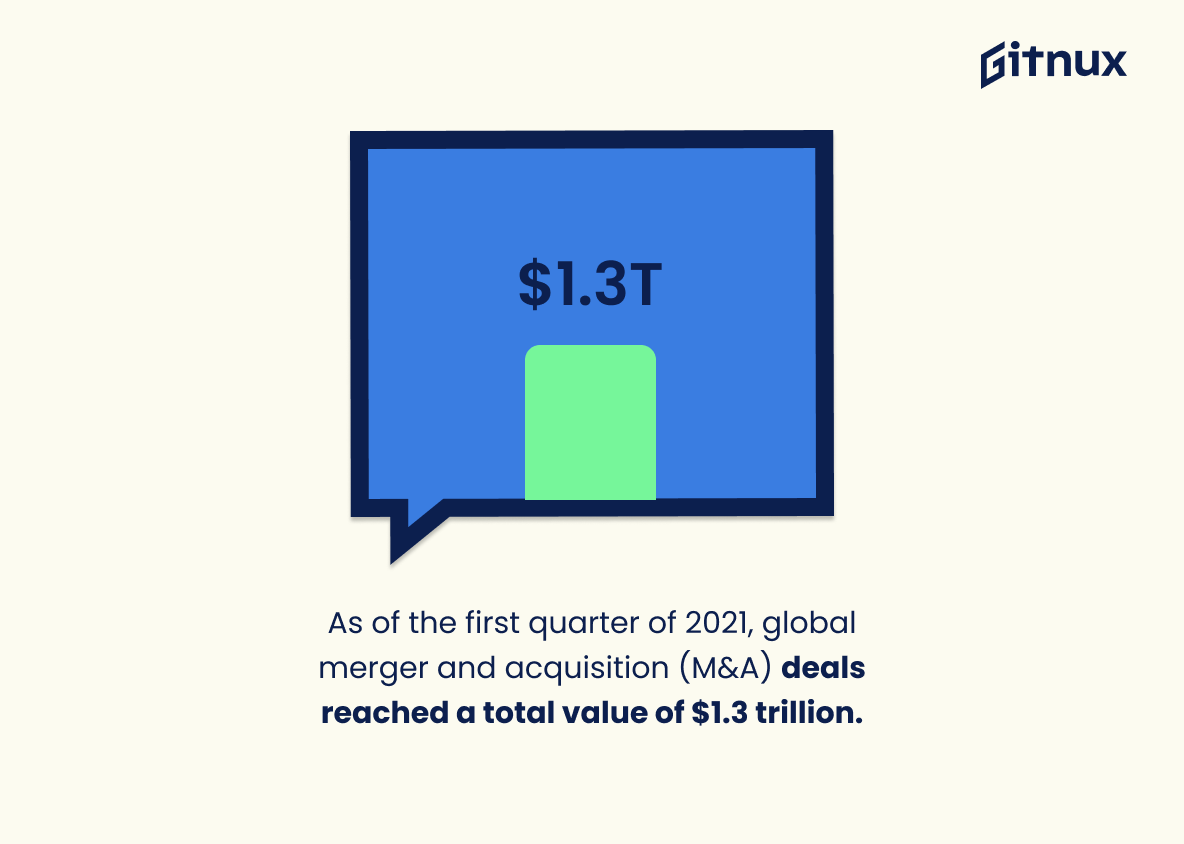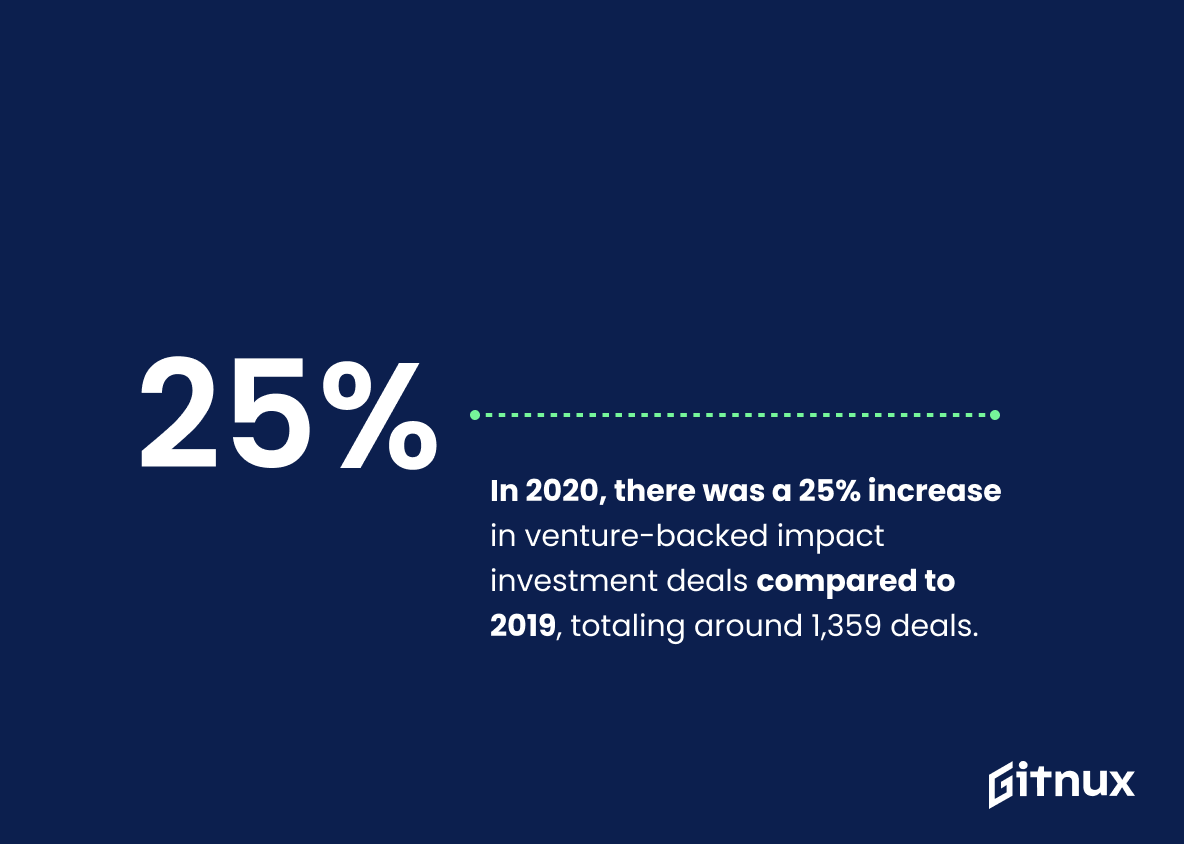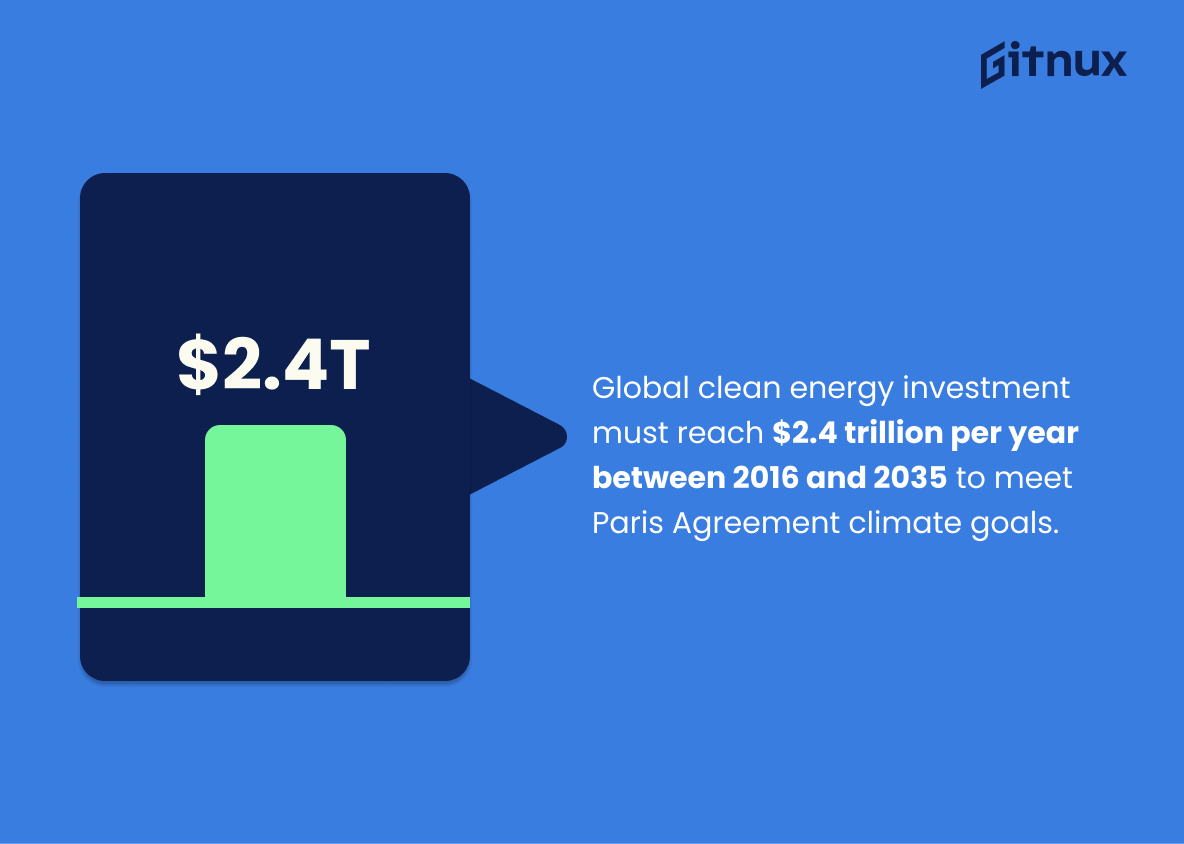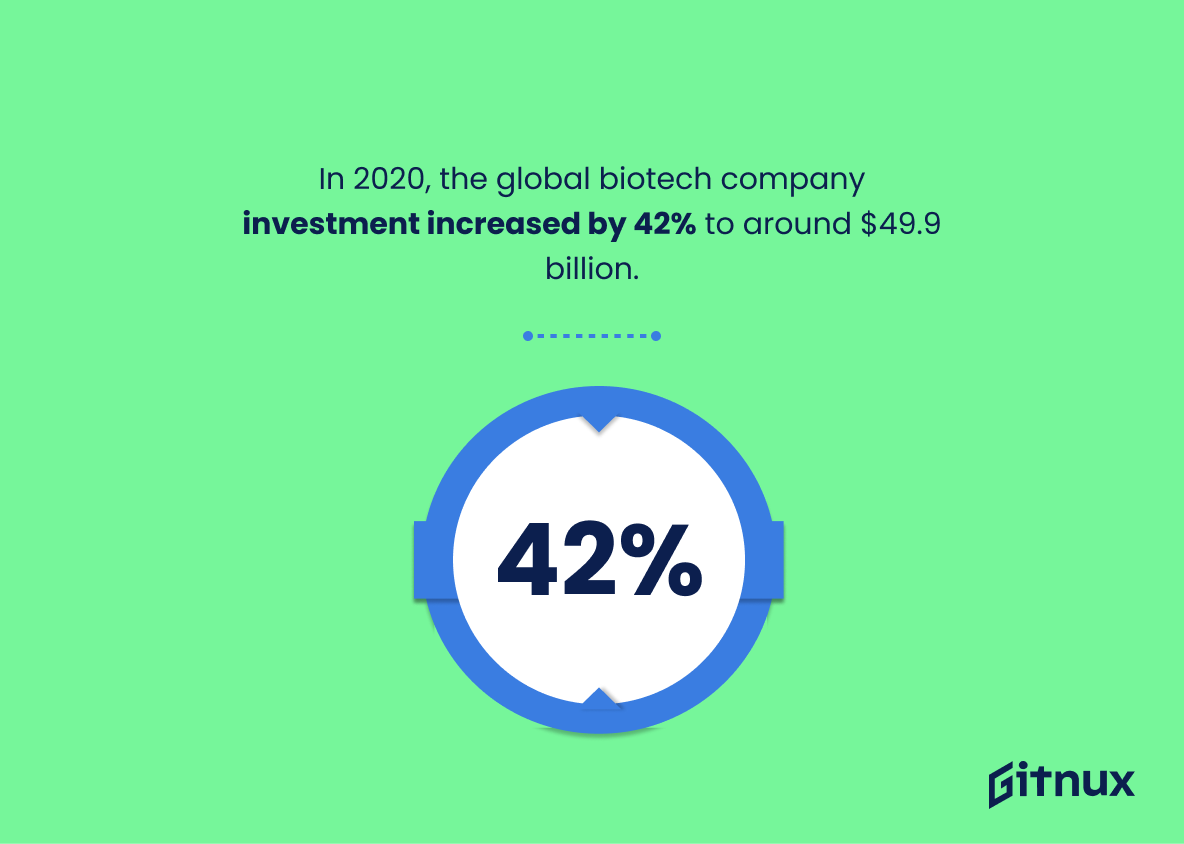Investment statistics provide a valuable insight into the current state of global markets and economies. This blog post will explore 20 different investment-related statistics from 2020 and 2021, covering topics such as Foreign Direct Investment (FDI), ESG investments, venture capital investments, fintech investments, renewable energy investment, real estate assets in the United States owned by Chinese residents, private equity healthcare industry investments in the US , Artificial Intelligence (AI) startups funding globally , individual stock ownership among adults in America , 401(k) account balances across all age groups in USA , Paris Agreement’s goal implementation cost estimation for limiting global warming to 2 degrees Celsius Private Equity (PE) industry asset under management worldwide UK Fintech companies’ record level of investment during first quarter of 2021 Global merger & acquisition deals value at end of Q1 2021 Venture-backed impact investing deals count compared to 2019 year end figure Clean Energy Investment required annually between 2016 -2035 period for meeting climate goals set by Paris Agreement Biotech company total annual funding amount globally & S&P 500 Index average return over past two decades .
Investment Statistics Overview
As of December 2020, the largest investment management firm, BlackRock, had over $8.67 trillion in Assets Under Management (AUM).
This statistic is a testament to the sheer size and influence of BlackRock in the investment management industry. With over $8.67 trillion in Assets Under Management, BlackRock is the undisputed leader in the field, and its success serves as an example of the potential for success in the investment management industry. This statistic is an important reminder of the potential for growth and success in the investment management industry, and it should be taken into consideration when discussing investment statistics.
In 2019, venture capital investments in the United States reached a record high of around $135.8 billion.
This statistic is a testament to the immense potential of investment opportunities in the United States. It highlights the fact that venture capital investments are on the rise, indicating that investors are increasingly confident in the US economy and are willing to take risks in order to reap rewards. This is an important point to consider when discussing investment statistics, as it shows that the US is a viable option for investors looking to make a return on their investments.
Fintech investment in the U.S. reached a record level in 2020, with approximately $22 billion invested.
This statistic is a testament to the growing importance of Fintech in the U.S. economy. The record-breaking investment of $22 billion in 2020 is indicative of the increasing trust and confidence investors have in the Fintech sector. This is an important milestone for the industry and a sign of the potential for further growth in the future.
In 2020, the US accounted for about 45% of foreign-origin investments in global venture capital-financed companies.
The fact that the US accounted for nearly half of all foreign-origin investments in global venture capital-financed companies in 2020 is a testament to the country’s economic power and influence. It is a clear indication that the US is a major player in the global venture capital market, and that investors from around the world are looking to the US for investment opportunities. This statistic is an important one to consider when discussing investment statistics, as it provides insight into the current state of the global venture capital market.
In 2020, global renewable energy investment was recorded at $303.5 billion.
The 2020 global renewable energy investment figure of $303.5 billion is a testament to the growing importance of renewable energy sources in the global economy. This investment is a clear indication that the world is taking the necessary steps to reduce its reliance on fossil fuels and move towards a more sustainable future. This statistic is a powerful reminder that investing in renewable energy is not only beneficial for the environment, but also for the economy.
As of 2020, Chinese residents invested more than $660 billion in real estate assets in the United States.
This statistic is a testament to the power of Chinese investment in the United States. It shows that Chinese residents have a strong interest in investing in US real estate, and that they are willing to put a significant amount of money into the US market. This statistic is important for anyone interested in investment statistics, as it provides insight into the current state of Chinese investment in the US.
As of 2021, private equity investment in the US healthcare industry reached a record high of $92.3 billion.
This statistic is a testament to the immense potential of the US healthcare industry, as investors are pouring in record amounts of capital to capitalize on the sector’s growth. It is a clear indication that the healthcare industry is a lucrative investment opportunity, and that investors are confident in its future prospects. This statistic is an important piece of information for anyone interested in investment statistics, as it provides insight into the current state of the healthcare industry and the potential for future growth.
In the United States, 52% of adults now own individual stocks, mutual funds, or a self-directed 401(k) or IRA.
This statistic is a telling indication of the current investment landscape in the United States. It shows that a majority of adults are taking an active role in their financial future by investing in stocks, mutual funds, and retirement accounts. This is a positive sign for the economy, as it suggests that people are taking the initiative to secure their financial future. Furthermore, it highlights the importance of financial literacy and the need for individuals to be informed about their investment options.
By the end of 2020, the average 401(k) account balance was $121,500 in the United States for all age groups.
This statistic is a powerful indicator of the success of 401(k) investments in the United States. It shows that, despite the economic uncertainty of 2020, the average 401(k) account balance was able to reach a remarkable $121,500. This is a testament to the power of investing in a 401(k) and serves as a reminder of the importance of investing for the future.
In 2020, a study found that a total investment of $5.5 trillion is required to implement the Paris Agreement’s goal of limiting global warming to 2 degrees Celsius.
This statistic is a stark reminder of the immense financial commitment needed to achieve the Paris Agreement’s goal of limiting global warming to 2 degrees Celsius. It highlights the urgency of investing in climate change solutions and the need for governments, businesses, and individuals to come together to make this goal a reality.
The global Private Equity (PE) industry had over $4.4 trillion in assets under management at the end of 2020.
This statistic is a testament to the immense growth of the global Private Equity industry, highlighting the fact that it has become an increasingly attractive option for investors. It is indicative of the fact that PE investments have become a major part of the global financial landscape, and that investors are increasingly turning to this asset class to diversify their portfolios and maximize returns. This statistic is a valuable insight into the current state of the investment world, and is an important factor to consider when discussing investment statistics.
As of the first quarter of 2021, global merger and acquisition (M&A) deals reached a total value of $1.3 trillion.
This statistic is a testament to the immense potential of investment opportunities in the current market. It shows that the global M&A market is thriving, with a total value of $1.3 trillion in the first quarter of 2021. This is a clear indication that investors are confident in the current market and are willing to take risks to make a profit. This statistic is a great example of the potential of investment opportunities and should be taken into consideration when discussing investment statistics.
In 2020, there was a 25% increase in venture-backed impact investment deals compared to 2019, totaling around 1,359 deals.
This statistic is a testament to the growing trend of venture-backed impact investment deals, indicating that more and more investors are recognizing the potential of these types of investments. This is an important development for the investment world, as it shows that investors are increasingly looking to make investments that not only generate returns, but also have a positive impact on society. This statistic is a great example of how the investment landscape is changing, and it is an important one to consider when discussing investment statistics.
The global clean energy investment required to meet the climate goals of the Paris Agreement is estimated at $2.4 trillion per year between the years 2016 and 2035.
This statistic is of paramount importance when it comes to Investment Statistics, as it provides a clear indication of the amount of money that needs to be invested in order to meet the climate goals of the Paris Agreement. This figure of $2.4 trillion per year is a huge sum, and it serves as a reminder of the scale of the challenge that lies ahead in order to achieve these goals.
In 2020, the global biotech company investment increased by 42% to around $49.9 billion.
This statistic is a testament to the growing importance of biotech companies in the global investment landscape. It shows that investors are increasingly recognizing the potential of biotech companies and are willing to put their money into them. This is a positive sign for the industry, as it indicates that investors are confident in the future of biotech companies and are willing to take risks in order to reap the rewards. This statistic is a great example of how investment in biotech companies can pay off, and it should serve as an encouragement to those looking to invest in the sector.
By the end of 2020, the average annual return on the S&P 500 Index was 12.1% over the past 20 years.
The fact that the average annual return on the S&P 500 Index was 12.1% over the past 20 years is a testament to the potential of investing in the stock market. This statistic is a powerful reminder that, with the right strategy, investors can reap significant rewards from the stock market. It is an important statistic to consider when discussing investment statistics, as it highlights the potential of investing in the stock market.
Conclusion
The global investment landscape is constantly evolving, with new trends and opportunities emerging every year. The statistics presented in this blog post demonstrate the breadth of investments available to individuals and institutions alike. From venture capital investments in US startups reaching a record high of $135.8 billion in 2019, to private equity investment in healthcare hitting an all-time peak of $92.3 billion last year, there are numerous ways for investors to diversify their portfolios across different asset classes and industries. Additionally, renewable energy saw a surge in 2020 with over $303 billion invested globally while AI startups attracted more than $31 billion from venture capitalists around the world during that same period. With such diverse options available today, it’s clear that investing can be both profitable and impactful when done responsibly according to one’s individual goals or risk tolerance level.
References
0. – https://www.blackrock.com
1. – https://www.accenture.com
2. – https://www.businessinsider.com
3. – https://www.preqin.com
4. – https://www.weforum.org
5. – https://www.fidelity.com
6. – https://www.glimpseanalytics.com
7. – https://www.morningstar.com
8. – https://www.ipcc.ch
9. – https://www..deloitte.com
10. – https://www.pitchbook.com
11. – https://www.bloomberg.com
12. – https://www.gallup.com
13. – https://www.startupgenome.com
14. – https://www.unctad.org
15. – https://www.pwc.com
16. – https://www.macrotrends.net
